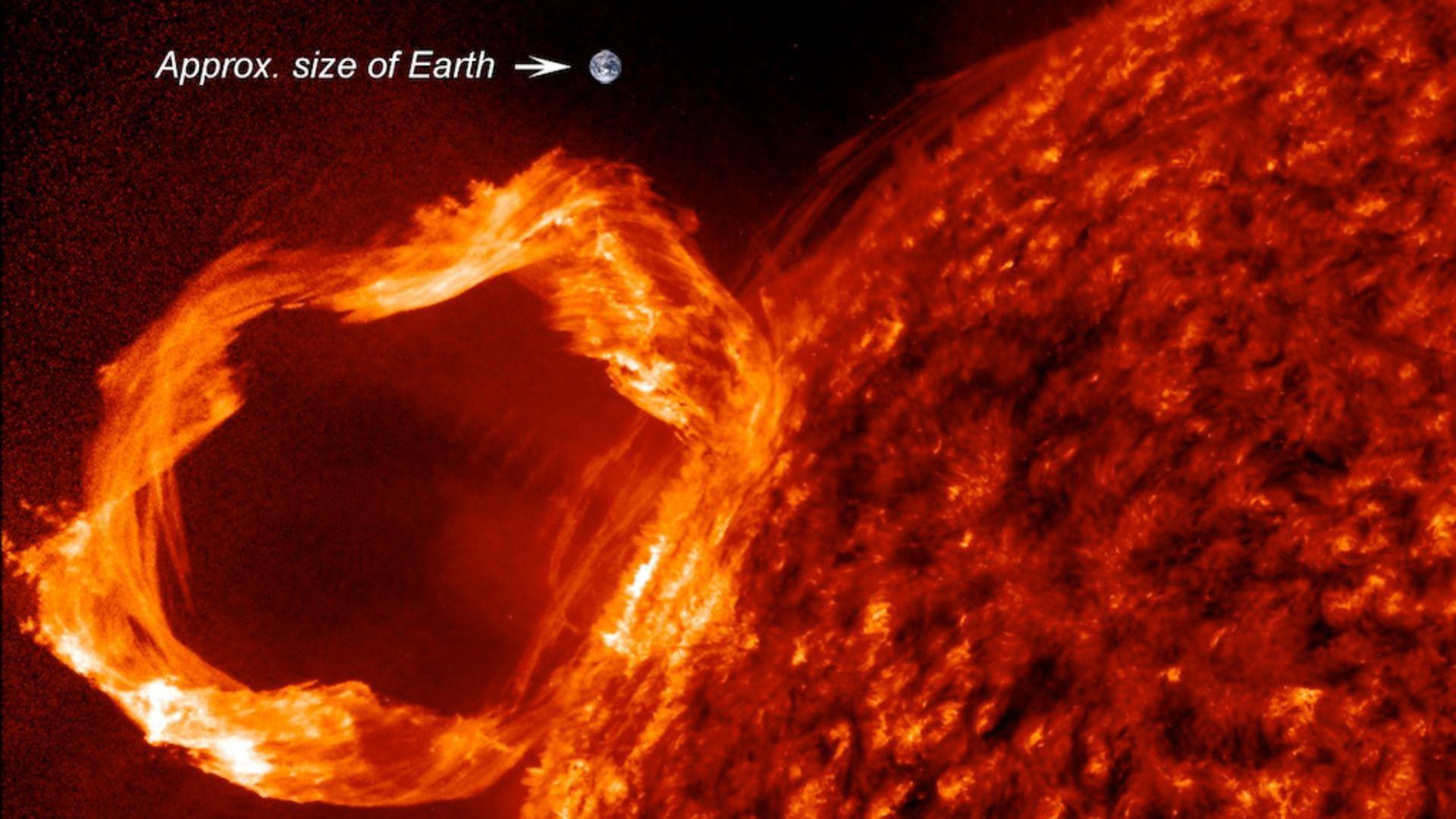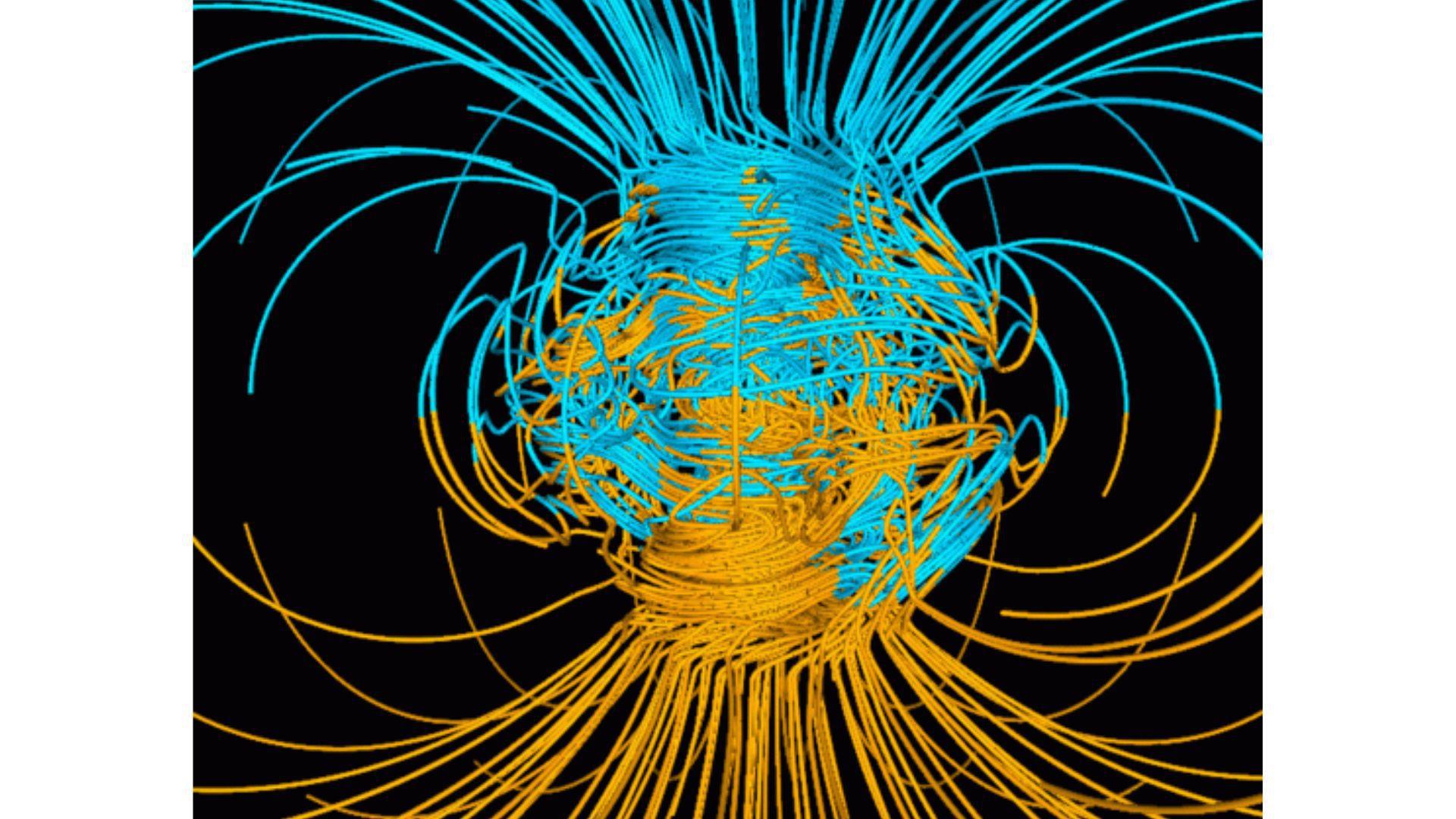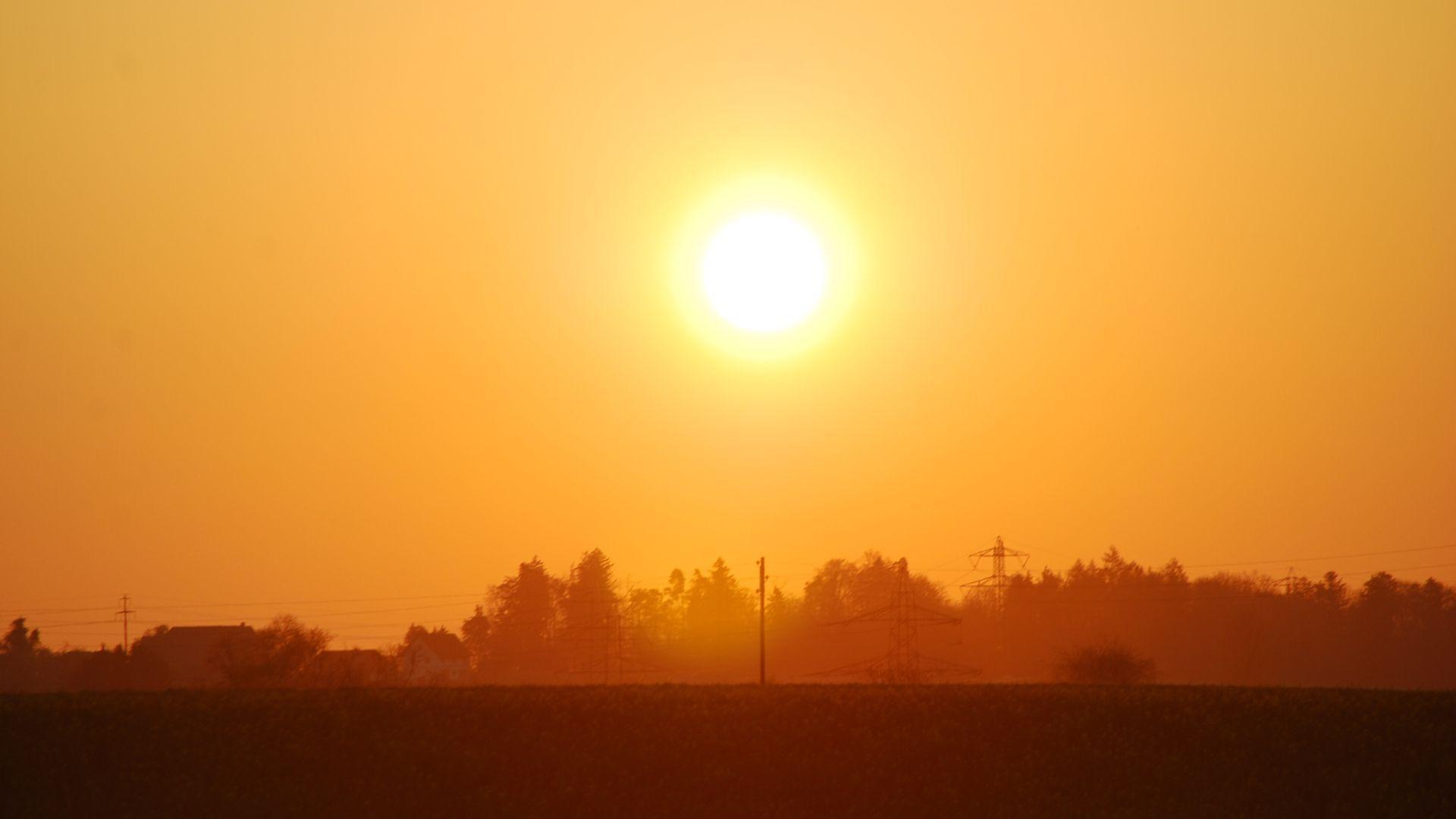Solar Flare Causes Radio Blackout For All of North America and More Are Coming
The Sun, central to our solar system, has exhibited remarkable activity lately. On the August 7, 2023, it unleashed an X-class flare, leading to radio blackouts across North America.
Such heightened solar activity warrants closer observation and understanding, given the potential implications on Earth.
August Witnesses Rising Solar Emissions
For more than 18 months, the Sun has displayed an unusual pattern of daily eruptions, and the frequency has intensified recently.

Source: Getty Images
August has already recorded two of the formidable X-class flares, consistent M-class flares, and numerous C-class flares. Such anomalies underline the need for continuous solar monitoring.
Understanding the Dynamics of Overlapping Solar Eruptions
On August 5, a unique solar event termed a “cannibal CME” was observed. This involves two sequential eruptions where the latter, moving at a faster pace, engulfs the former.

Source: NASA's Goddard Space Flight Center Scientific Visualization Studio
This merger produces a powerful surge of plasma and magnetic fields, illustrating the intricate dynamics at play in our solar system.
The Magnetic Field's Role in Mitigating Solar Storm Effects
Earth’s magnetic field plays an instrumental role in shielding our planet from aggressive solar outbursts.

Source: Wikimedia Commons
However, while largely deflected, the intense solar activity can produce vivid auroras, especially visible in regions like Alaska, Canada, and the northern US. These auroras, while beautiful, serve as a visual reminder of solar impacts.
Anticipating the Sun’s Peak Activity in 2025
As the Sun marches toward its predicted 11-year activity peak in 2025, we can expect more significant solar episodes.

Source: Marcel Eberle/Unsplash
It’s crucial for researchers and the general public to stay informed about space weather forecasts. This knowledge will aid in understanding, predicting, and potentially mitigating the effects of future solar disruptions.
